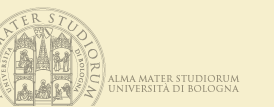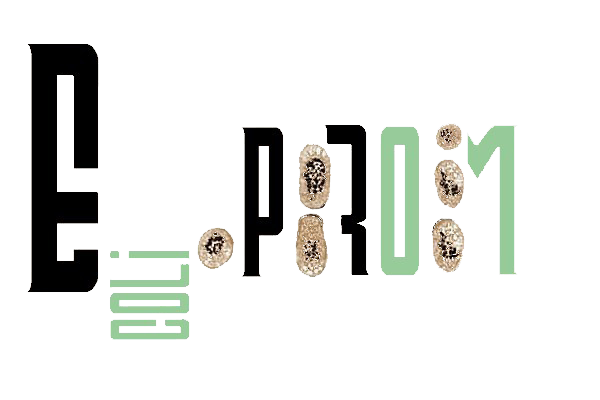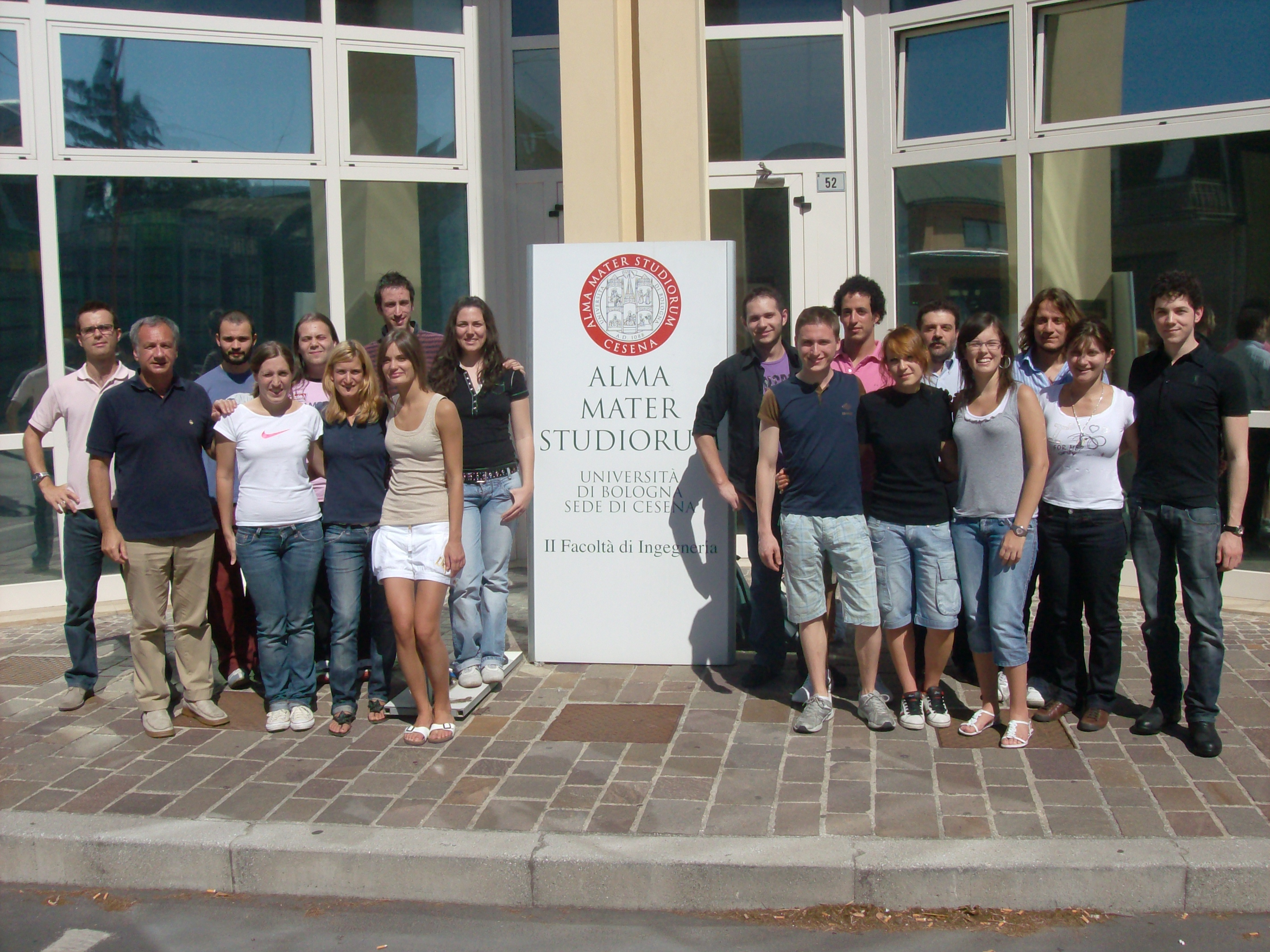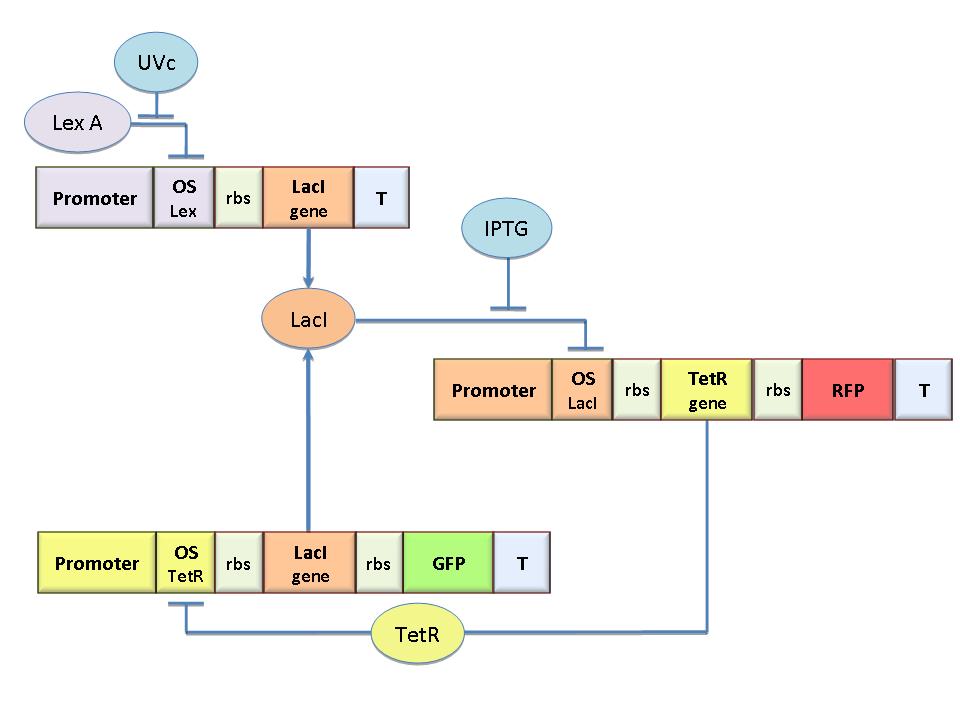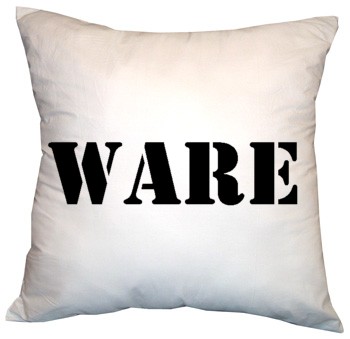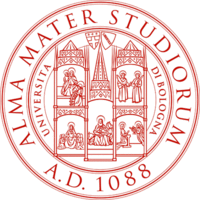Team:Bologna
From 2008.igem.org
Rita.morini (Talk | contribs) |
Rita.morini (Talk | contribs) |
||
| Line 42: | Line 42: | ||
|titolo=[[Team:Bologna/Team|TEAM]] | |titolo=[[Team:Bologna/Team|TEAM]] | ||
|contenuto=[[Image:TeamBo2.JPG|250px|right]] | |contenuto=[[Image:TeamBo2.JPG|250px|right]] | ||
| - | The leading idea behind our Ecoli.PROM team was to put in touch students with different curricula, ways to approach scientific problems and favour ideas exchange. These students, pushed by their common desire for new experiences, decided to participate in this exciting competition to discover a new research field and to expand their interest for synthetic biology. Responding to the call of Professor Silvio Cavalcanti, they constituted the Bologna iGEM team, finally composed of students from Biotechnology, Electronics Engineering and Biomedical Engineering faculties. | + | The leading idea behind our Ecoli.PROM team was to put in touch students with different curricula, ways to approach scientific problems and favour ideas exchange. These students, pushed by their common desire for new experiences, decided to participate in this exciting competition to discover a new research field and to expand their interest for synthetic biology. Responding to the call of Professor Silvio Cavalcanti, they constituted the Bologna iGEM team, finally composed of students from Biotechnology, Electronics Engineering and Biomedical Engineering faculties. |
| - | + | ||
<br> | <br> | ||
| + | [[Team:Bologna/Team|Go to the page!]] | ||
}} | }} | ||
Revision as of 23:50, 29 October 2008
| HOME | PROJECT | TEAM | SOFTWARE | MODELING | WET LAB | LAB-BOOK | SUBMITTED PARTS | BIOSAFETY AND PROTOCOLS |
|---|
Our project aims to design a bacterial reprogrammable binary memory (EPROM) with genetically engineered E.coli. To engineer bacteria we designed a genetic Flip-Flop formed by an epigenetic memory sensitive to IPTG - for memory reset- and an UV-sensitive trigger to set the memory ON. We designed the Flip-Flop by model-based analysis. The core elements are two mutually regulated promoters. Each of them is composed of a constitutive promoter and an independent operator sequence. Thus, transcriptional strength and repressor binding affinity can be independently fixed. Since operator sites are still lacking in the Registry as standard parts, we cloned operator sequences for LacI, TetR, Lambda and LexA repressors and established an experimental procedure to characterize them. These parts allow the rational design of regulated promoters and we expect them to be a benefit in many Synthetic Biology applications.
Click here for more information...
The leading idea behind our Ecoli.PROM team was to put in touch students with different curricula, ways to approach scientific problems and favour ideas exchange. These students, pushed by their common desire for new experiences, decided to participate in this exciting competition to discover a new research field and to expand their interest for synthetic biology. Responding to the call of Professor Silvio Cavalcanti, they constituted the Bologna iGEM team, finally composed of students from Biotechnology, Electronics Engineering and Biomedical Engineering faculties.
Go to the page!
The aim of this work area is to determine the characteristics of the promoters that form the circuit. In this section are also collected a brief description of our model, all the equations that describe analytically our circuit, the most meaningful graphics and the results of simulations. Enjoy yourself!
Into this section you can find the very useful softwares we developed for this competition. The first of them realizes a fluorescence image analysis using two parameters: the bacteria dimensions and the standard deviation and mean fluorescence ratio. The second makes possible to find the registered parts you are searching for in a quick and easy way, to identify their sequence and display parts with similar behaviour. You can also download them from this page.
To obtain regulated promoters we synthesized four libraries of operator sequences, respectively for LacI, TetR, cI and LexA repressor proteins. Here is how we designed the operator libraries, how we isolated single operators and try to clone them in the standard format and how we used operators to tune promoter activation in response to UV induction.So wet!
Aknowledgements
Our Team is funded by:
- [http://www.unibo.it/Portale/default.htm University of Bologna]
- [http://serinar.criad.unibo.it Ser.In.Ar. Cesena]
 "
"
